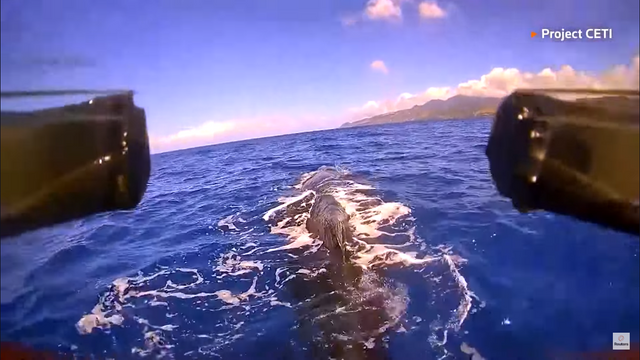“Hunting” whales with drones
“Hunting” whales with drones

 Souce
Souce
We are going to start the publication by referring to the CETI project that since 2020 has used technology to track sperm whales and collect data, let's say, in a less stressful way for the animals, using robotics and AI they work with the ambition of one day decoding the vocalization of these giants.

Today the pilots operate remotely and in the tests the average placement of the tag was close to 1 minute and 15 seconds, the most common failures, the approach time against the movement of the waves and the animal, the last maneuver is the most difficult, to resist the sea, the drones received hypermeabilization, special grease in the engines and 3D protectors on the tips of the arms to keep the propellers away from the body of the whale.

In the brain part, the team follows a conservative line, nothing leaves everything on the FPV autopilot, everything begins with a vision system that detects size, orientation and target region, from there, a classic control takes the drone to the safe point and shoots the tag.
